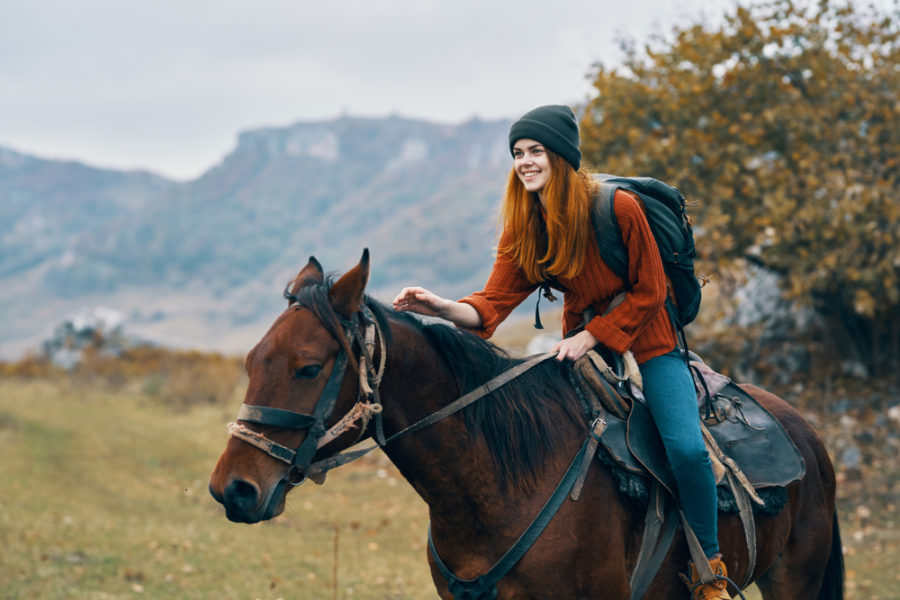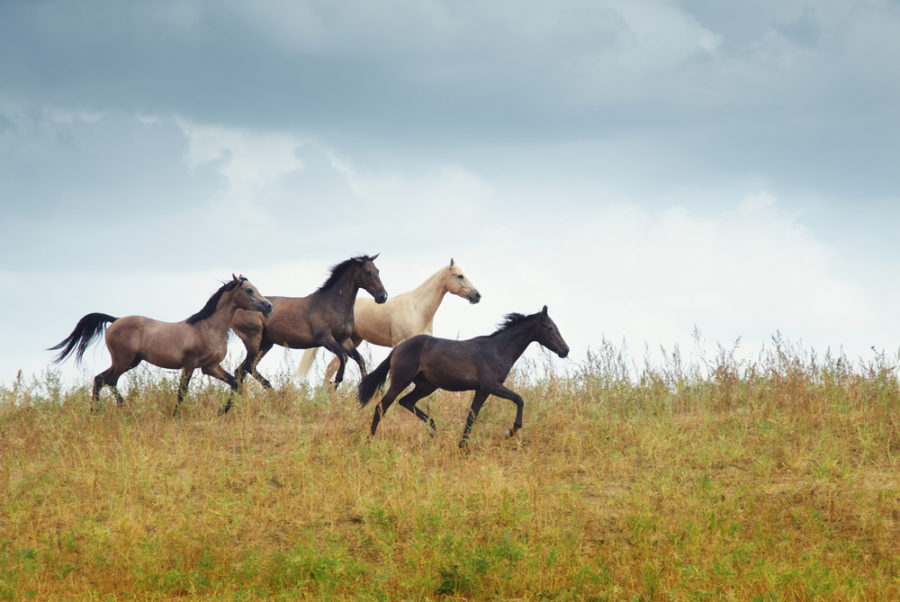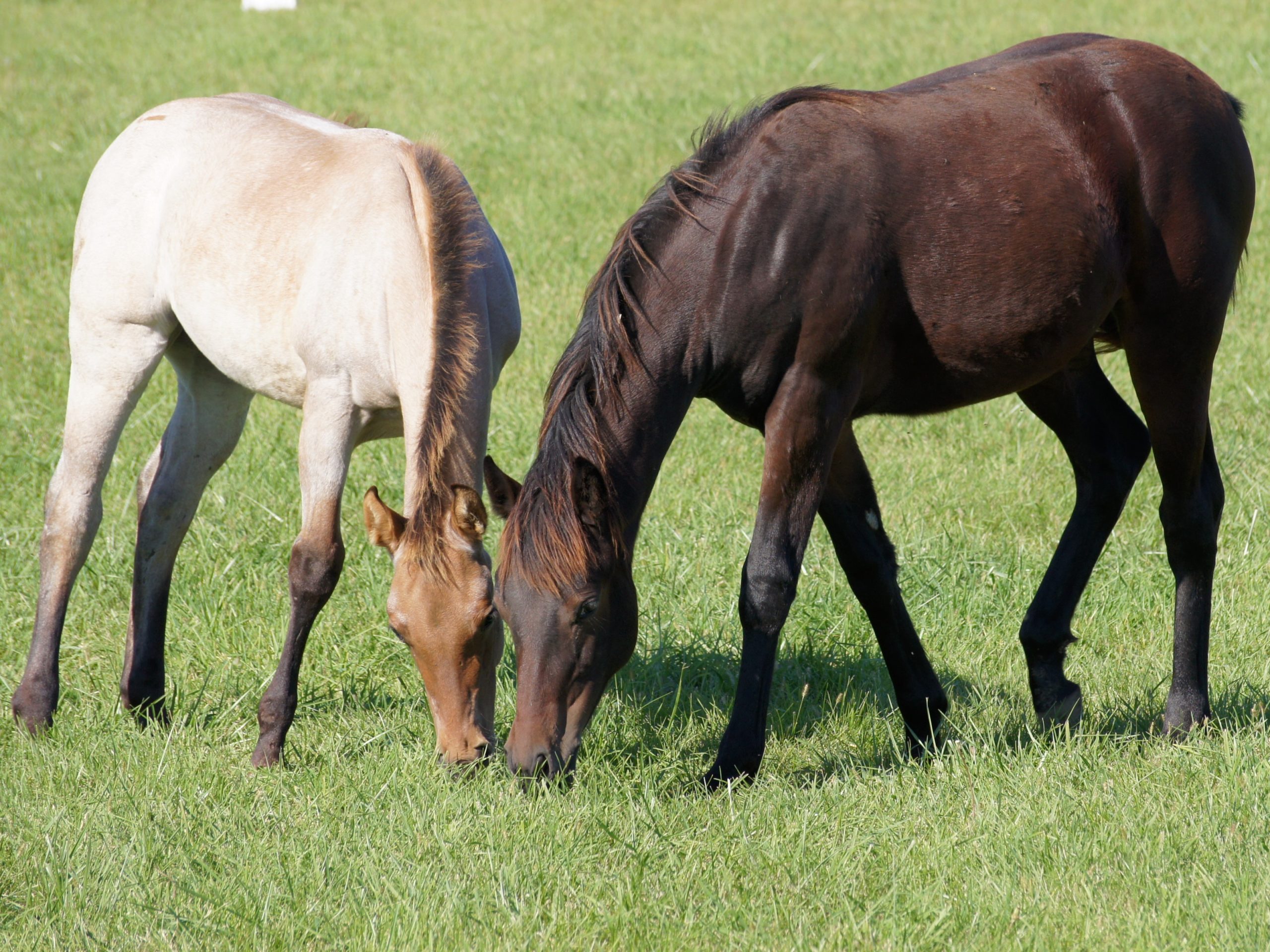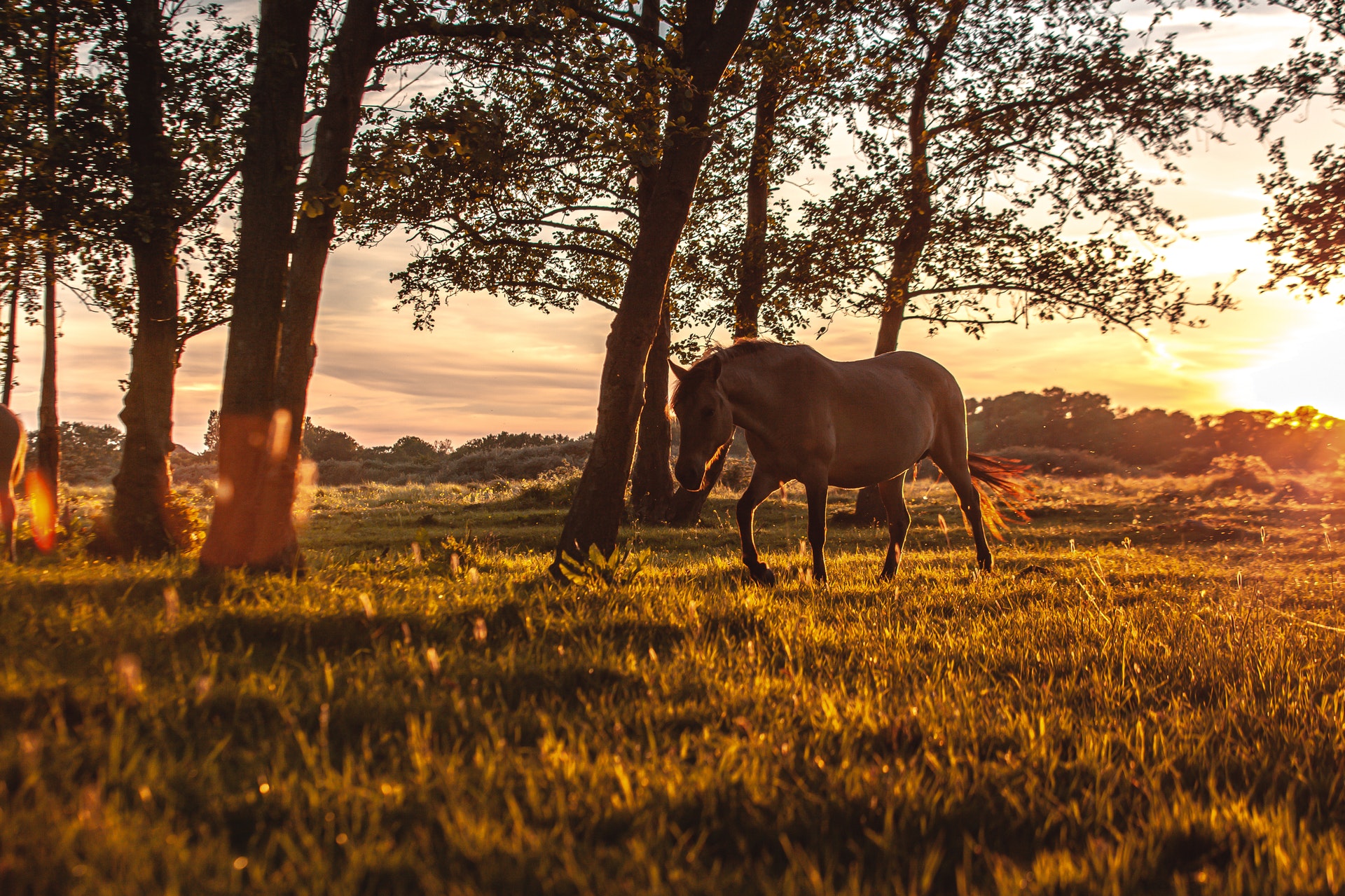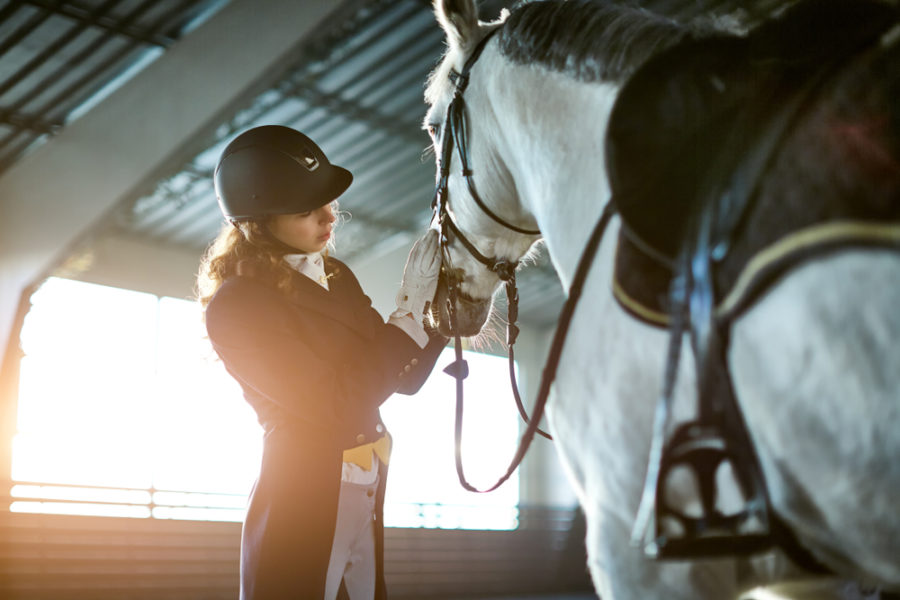Planning to travel with your horse? These checklists will ensure everything is accounted for before your departure!
Owning horses and taking a stress-free vacation often do not go hand-in-hand. Trailering across the country requires a great deal of packing and preparation to keep treasured equines safe, hydrated, and well-fed throughout the journey. You must also prepare for unexpected truck and trailer issues that come up when you travel, and any veterinary concerns!
Even if your horses are not part of the travel plans, leaving their day-to-day needs in someone else’s hands can also be a nerve-racking experience. Finding a qualified house and horse sitter is key, but even with the best help mishaps still occur from time to time!
In other words, preparedness is key, whether you’re traveling with or without your equine companions. That’s where these handy lists can help! You might not need all the items on each list, but they’ll help ensure you don’t forget anything important. Look over the “Equine Travel Checklist” to prepare for unforeseen challenges on the road, and review our “Horse Sitter Checklist” to leave a trusted friend or family member with everything they need to keep your horses at home happy!
Equine Travel Checklist
Paperwork:
- Health papers/ Coggins Test
- Microchip information and equine registration papers (if needed)
- Emergency contact list (including veterinarians along route)
- Truck and trailer registration
- Proof of vehicle and trailer insurance
- Equine insurance documents (if applicable)
Tack and equipment:
- Saddle and fittings
- Saddle cover and pads
- Leather cleaner
- Bridles
- Extra reins
- Halters/ lead ropes
- Lunge line and crop
- Leather hole punch
- Spare leather for repairs
Food and attire:
- Helmet
- Extra riding boots
- Chaps
- Rain coat
- Rain boots
- Extra gloves
- Sunscreen and SPF lip balm
- Hat or sun visor
- Lawn chairs
- Cooler with water bottles
- Non-perishable snacks
Stable supplies:
- Hay
- Hay bags
- Extra buckets
- Bucket hooks/hangers
- Grain/supplements
- Salt lick
- Electrolyte paste or packets
- Pocket knife
- Towels
- Fly masks/sheet
- Hose and spray nozzle
- Mounting block or step stool
- Muck bucket or wheelbarrow
- Pitchforks
- Shovel
- Broom
- Shavings
- Stall fan
- Extension cord
- Bungee cords
- Trash bags
- Spare chain to secure gate or stall door
- Extra wire or rope
- Metal snaps or carabiner clips
First aid supplies:
- Antiseptic cream
- Bandages
- Vet wrap
- Medical tape
- Scissors
- Thermometer
- Anti-inflammatory medication
- Syringes
- Saline for eye wash or wound irrigation
- Liniment
- Poultice
- Hoof tester and rasp/nippers
- Hoof packing and/or boots
- Spare blanket
Grooming essentials:
- Hoof pick and brush
- Sponge
- Sweat scraper
- Curry comb
- Soft bristle brushes
- Mane/tail brush
- Shampoo/conditioner/detangling solution
- Insect spray
Trailering essentials:
- Duct and electrical tape
- Flashlight with spare batteries
- Spare tire, jack, and lug wrench
- Tire pressure gauge
- Tire changing ramp
- Automotive tool kit
- Spare bulbs and fuses for trailer
- WD-40
- Jumper cables
- Tire chocks
- Emergency cones, road flares, and reflective vest
- Fire extinguisher
- Map and GPS
- Cell phone car charger
Horse Sitter Checklist
- Leave detailed written instructions regarding each animal.
- Call or text when departing and returning to town.
- Tape a list of emergency contacts (veterinarian, farrier, and a trusted neighbor) to the barn wall where it cannot be misplaced.
- Print out a photo of each horse and label it with his/her name For multiple horses, this makes identification much easier! Detailed photos are also crucial for identifying an escaped or stolen animal.
- Sign a veterinary consent form (if you will be out of reach by phone) and/or call the veterinarian and authorize the caretaker to make emergency medical decisions.
- Arrange for emergency transportation to the veterinarian.
- Stock up on hay, grain, and supplements.
- Leave a pocket knife or scissors nearby for opening hay bales.
- Label all supplements and medications with the horse’s name and dosing instructions
- Explain any behavioral issues or medical conditions to the sitter.
- Provide lock combinations or keys (also show location of spares).
- Prepare an emergency medical kit with bandages and a thermometer.
- Set out extra halters and lead ropes.
- Examine fences and check stalls for safety.
- Track down fence repair tools (including wire/pliers) and leave in an easily accessible location.
- Show caretaker the location of the electrical panel and water shutoff.
- Provide contact information for an electrician and plumber.
- Describe any persons/vehicles that are allowed on the premises.
- Make sure all small animals such as cats and dogs are wearing ID tags.
- Check fire extinguishers and replace if necessary.
- Provide a flashlight with extra batteries.
- Ask for updates! Let the caretaker know how often you’d like them to check in.

